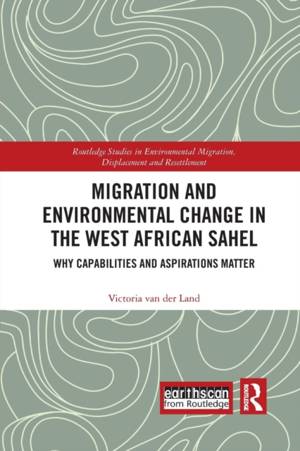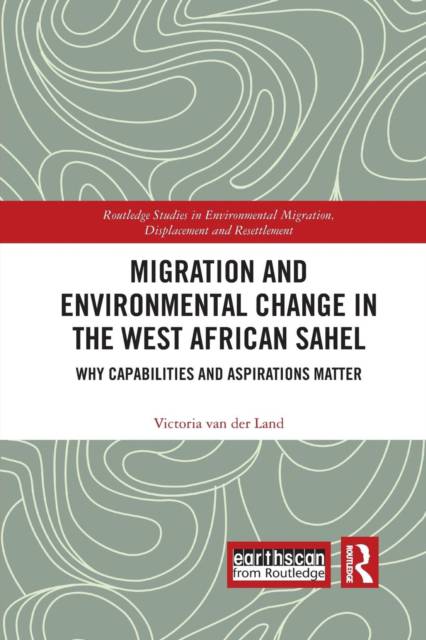
- Retrait gratuit dans votre magasin Club
- 7.000.000 titres dans notre catalogue
- Payer en toute sécurité
- Toujours un magasin près de chez vous
- Retrait gratuit dans votre magasin Club
- 7.000.0000 titres dans notre catalogue
- Payer en toute sécurité
- Toujours un magasin près de chez vous
Migration and Environmental Change in the West African Sahel
Why Capabilities and Aspirations Matter
Victoria Van Der LandDescription
The West African Sahel is predicted to be heavily affected by climate change in the future. Slow-onset environmental changes, such as increasing rainfall variability and rising temperature, are presumed to worsen the livelihood conditions and to increase the out-migration from the affected regions.
Based on qualitative and quantitative data from study areas in Mali and Senegal, this book examines the relationship between population dynamics, livelihoods and environment in the Sahel region, focussing specifically on motives for migration. Critiquing the assumption that environmental stress is the dominating migration driver, the author demonstrates the important role of individual aspirations and social processes, such as educational opportunities and the pull of urban lifestyles. In doing so, the book provides a more nuanced picture of the environment-migration nexus, arguing that slow-onset environmental changes may actually be less important as drivers of migration in the Sahel than they are often depicted in the media and climate change literature.
This is a valuable resource for academics and students of environmental sociology, migration and development studies.
Spécifications
Parties prenantes
- Auteur(s) :
- Editeur:
Contenu
- Nombre de pages :
- 148
- Langue:
- Anglais
- Collection :
Caractéristiques
- EAN:
- 9780367249526
- Date de parution :
- 21-03-19
- Format:
- Livre broché
- Format numérique:
- Trade paperback (VS)
- Dimensions :
- 156 mm x 234 mm
- Poids :
- 217 g

Les avis
Nous publions uniquement les avis qui respectent les conditions requises. Consultez nos conditions pour les avis.






